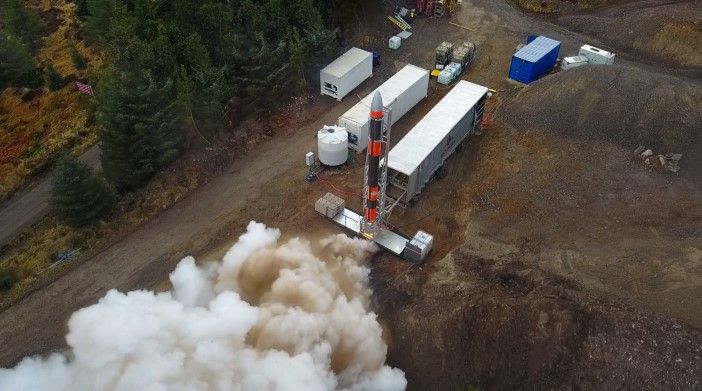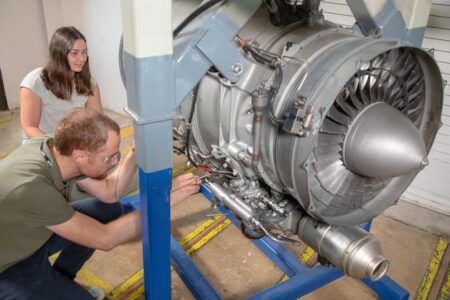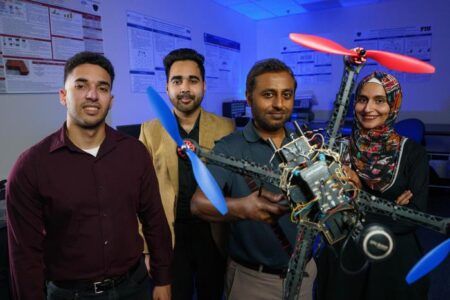Skyrora has become the first UK company to be awarded a spaceflight licence ahead of a planned launch next year.
The licence from the UK Civil Aviation Authority (CAA) for Skyrora’s SkyLark L suborbital rocket is the final regulatory hurdle needed before a launch next year from Saxavord Spaceport in the Shetland Islands.
If the SkyLark launch goes ahead from Saxavord, Skyrora will become the first British company to manufacture and launch a rocket into space from the UK.
Although Skyrora said it is ready to launch the rocket now, neither of Saxavord’s launch pads is available until next year.
Skylark L was initially designed as a developmental vehicle as part of Skyrora’s plan to de-risk the launch of the larger XL version of its rocket. The vehicle has a 30kN pressure-fed propulsion system, allowing the vehicle to lift up to 50kg (110lb) in payload to a maximum altitude of 125km (78 miles).
Skylark L is now being marketed to carry payloads for short-duration microgravity and atmospheric science missions, while the Skyrora XL is designed for small satellites up to 315kg (700lb).
Alan Thompson, head of government affairs at Skyrora said, “Skylark L has all the relevant subsystems, including the flight control computer, which are being de-risked before using them on the main orbital launch vehicle XL. While Skylark L won’t be used commercially, it is an excellent R&D vehicle to test future technologies.”
“Two of the three stages of the XL vehicle are complete, and we expect to deliver the first stage soon. We plan to complete integration tests of the XL vehicle next year, dependent on manufacturing timelines, and target a launch in 2027.”
Skyrora’s main rocket testing facility in Midlothian, Scotland was commissioned in May 2022 after a £3 million (US$3.7 million) and a two-year design and construction project. Located in a disused quarry 17 miles (27km) south of Edinburgh, the site is the UK’s largest and most advanced rocket testing facility.
The company selected the location from four potential Scottish sites after determining no existing UK facilities could support the scale of its test program scale. Construction faced unexpected challenges, including a temporary halt when a newt was discovered that required species identification testing to determine if relocation was permissible.
The quarry’s natural features provide operational advantages, with all structures positioned 10m (32ft) below the quarry lip and nearby stream water used for cooling deluge systems. Skyrora adopted a modular container-based construction approach for the test facilities, enabling rapid reconfiguration during development phases.





